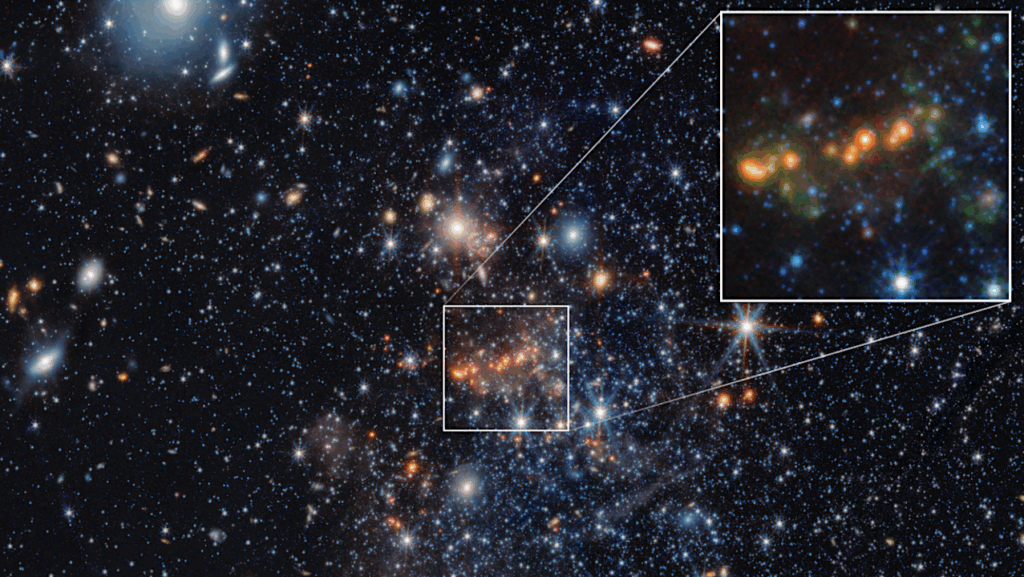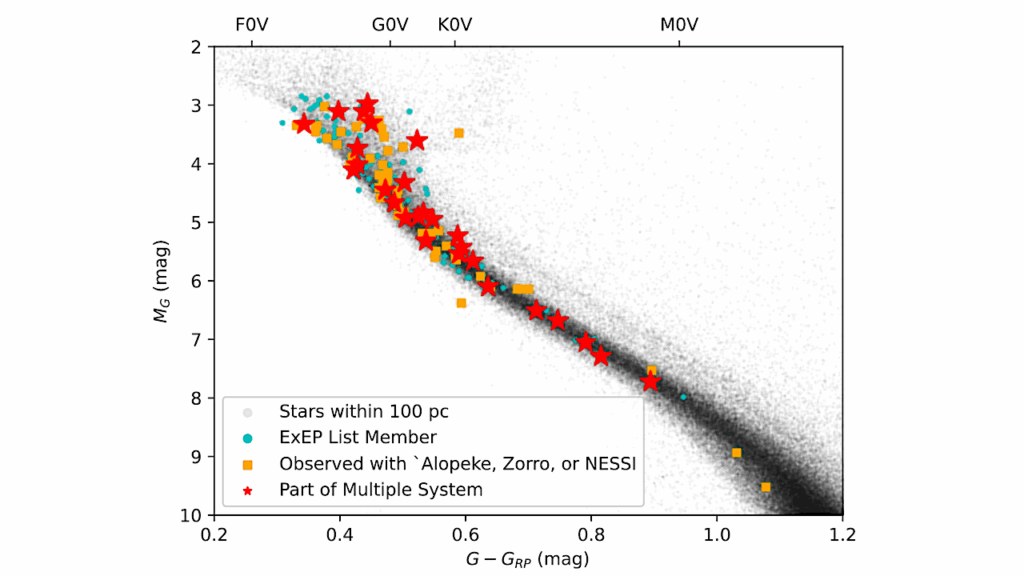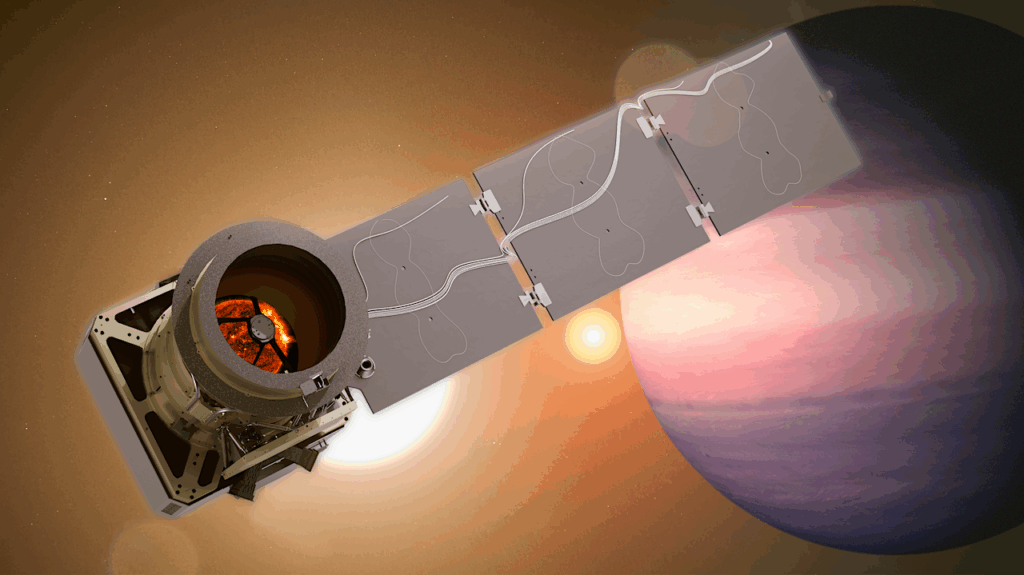First Light of VLT/HiRISE: High-resolution Spectroscopy Of Young Giant Exoplanets

A major endeavor of this decade is the direct characterization of young giant exoplanets at high spectral resolution to determine the composition of their atmosphere and infer their formation processes and evolution.
Such a goal represents a major challenge owing to their small angular separation and luminosity contrast with respect to their parent stars. Instead of designing and implementing completely new facilities, it has been proposed to leverage the capabilities of existing instruments that offer either high contrast imaging or high dispersion spectroscopy, by coupling them using optical fibers.
In this work we present the implementation and first on-sky results of the HiRISE instrument at the very large telescope (VLT), which combines the exoplanet imager SPHERE with the recently upgraded high resolution spectrograph CRIRES using single-mode fibers. The goal of HiRISE is to enable the characterization of known companions in the H band, at a spectral resolution of the order of R=λ/Δλ=100000, in a few hours of observing time. We present the main design choices and the technical implementation of the system, which is constituted of three major parts: the fiber injection module inside of SPHERE, the fiber bundle around the telescope, and the fiber extraction module at the entrance of CRIRES.
We also detail the specific calibrations required for HiRISE and the operations of the instrument for science observations. Finally, we detail the performance of the system in terms of astrometry, temporal stability, optical aberrations, and transmission, for which we report a peak value of ∼3.9% based on sky measurements in median observing conditions. Finally, we report on the first astrophysical detection of HiRISE to illustrate its potential.
A. Vigan, M. El Morsy, M. Lopez, G. P. P. L. Otten, J. Garcia, J. Costes, E. Muslimov, A. Viret, Y. Charles, G. Zins, G. Murray, A. Costille, J. Paufique, U. Seemann, M. Houllé, H. Anwand-Heerwart, M. Phillips, A. Abinanti, P. Balard, I. Baraffe, J.-A. Benedetti, P. Blanchard, L. Blanco, J.-L. Beuzit, E. Choquet, P. Cristofari, S. Desidera, K. Dohlen, R. Dorn, T. Ely, E. Fuenteseca, N. Garcia, M. Jaquet, F. Jaubert, M. Kasper, J. Le Merrer, A.-L. Maire, M. N’Diaye, L. Pallanca, D. Popovic, R. Pourcelot, A. Reiners, S. Rochat, C. Sehim, R. Schmutzer, A. Smette, N. Tchoubaklian, P. Tomlinson, J. Valenzuela Soto
Comments: 17 pages, 15 figures, 3 tables. Submitted to A&A on 19 September 2023
Subjects: Instrumentation and Methods for Astrophysics (astro-ph.IM); Earth and Planetary Astrophysics (astro-ph.EP)
Cite as: arXiv:2309.12390 [astro-ph.IM] (or arXiv:2309.12390v1 [astro-ph.IM] for this version)
Submission history
From: Arthur Vigan
[v1] Thu, 21 Sep 2023 18:00:01 UTC (2,802 KB)
https://arxiv.org/abs/2309.12390
Astrobiology








